Load capacity refers to the maximum load a wire thread insert can withstand without failure. This encompasses various types of forces, including tension, compression and shear, which the insert must endure during its operational life. The load capacity is vital to prevent thread stripping, insert pull out, or material deformation, ensuring the integrity and durability of the mechanical joint.
Understanding the load capacity requirements for these inserts is essential to ensure that your design meets the necessary performance criteria. This article delves into the factors that determine these requirements, and ways to calculate the necessary load capacity for your specific design.
What are the factors that determine wire thread insert load capacity?
1. Type of load
Depending on the application, wire thread inserts will face different types of load:
- Tensile load: The force applied perpendicular to the thread axis, pulling the bolt or screw away from the insert.
- Compressive load: The force applied along the thread axis, pushing the bolt or screw into the insert.
- Shear load: The force applied parallel to the thread axis, causing the insert to experience a sliding force.
Each type of load impacts the required load capacity differently. For tensile loads, the insert must have a high tensile load capacity to prevent pullout or thread stripping. For compressive loads, the insert should withstand significant pressure without deformation. Shear loads require the insert to have a high shear capacity to avoid shear failure. The specific type of load determines the strength and material requirements of the insert, ensuring it can handle the expected forces without compromising the joint's integrity.
2. Parent material
The hardness and composition of the parent material significantly affect the load capacity of the wire thread insert. Softer materials like aluminium or magnesium may require inserts with higher load distribution capabilities to prevent thread stripping and wear. In contrast, harder materials may need inserts with enhanced corrosion resistance and thermal capability.
3. Insert material and design
The material composition and design of the wire thread insert play a crucial role in determining its load capacity. Common materials include:
- 304 stainless steel: Provides a balance of strength and corrosion resistance for general applications.
- Phosphor bronze: Offers enhanced corrosion resistance, suitable for marine or highly corrosive environments.
- Inconel-X750: Designed for high-temperature applications, maintaining strength and stability under extreme conditions.
- Nitronic 60: Known for its wear and galling resistance, ideal for applications with high mechanical wear.
4. Environmental conditions
The operating environment of the mechanical joint affects the choice of wire thread insert. Factors such as temperature fluctuations, exposure to corrosive substances, and mechanical wear must be considered. Inserts with specific coatings or made from materials resistant to these conditions are necessary to maintain load capacity over time.
5. Standards compliance
Compliance with industry standards ensures that the wire thread insert meets the required performance criteria. Load capacity makes up a significant aspect of these specifications, ensuring they provide the appropriate durability for different designs. Standards such as ASME B18.29.1-1993 provide guidelines for the dimensional and performance characteristics of wire thread inserts, ensuring consistency and reliability across applications.
How do you determine the load capacity for your wire thread inserts?
Define application requirements
Identify the specific needs of your application, including the type of load (static or dynamic), environmental conditions, and any special requirements like resistance to corrosion or high temperatures.
Assess parent material
Evaluate the parent material's properties, such as hardness and susceptibility to wear and corrosion. This assessment will help choose an insert that can effectively protect and enhance the material's performance.
Select the right insert type and material
Based on the application requirements and parent material, choose the appropriate type of wire thread insert (tanged or tangless) and the material composition that offers the best performance under your operating conditions.
Choose length and drill size
Match the length and drill size of the insert to the tensile strength of the bolt and the shear strength of the parent material. Ensure that the bolt engages the entire length of the insert for optimal strength and reliability.
Consider surface finish
Select a surface finish that provides additional protection against environmental challenges. Coatings like cadmium or silver can offer enhanced corrosion resistance and lubricity, improving the joint's longevity and performance.
Integrate industry-leading performance with KATO® Advanex
Selecting the appropriate load capacity for wire thread inserts is essential for the success and longevity of mechanical joints. By understanding the types of forces involved, assessing the parent material, and considering environmental conditions, you can ensure that the chosen insert meets the necessary performance criteria. Following a systematic selection process helps in integrating the perfect wire thread insert for your application, ensuring durability, reliability and optimal performance.
At KATO® Advanex, we provide an extensive range of wire thread inserts in various materials and surface finishes, compliant with military, aerospace and commercial standards. Our wire thread inserts are designed to meet the highest industry standards, ensuring exceptional strength, durability and resistance to wear and corrosion. We offer both Tanged and Tangless designs, allowing for easy installation and maintenance, minimising the risk of foreign object debris (FOD) in critical applications.
To find out more about our products or to get additional pricing information, contact a member of our team today.
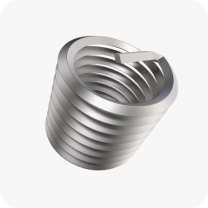
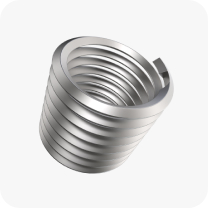
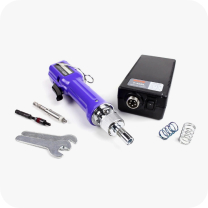
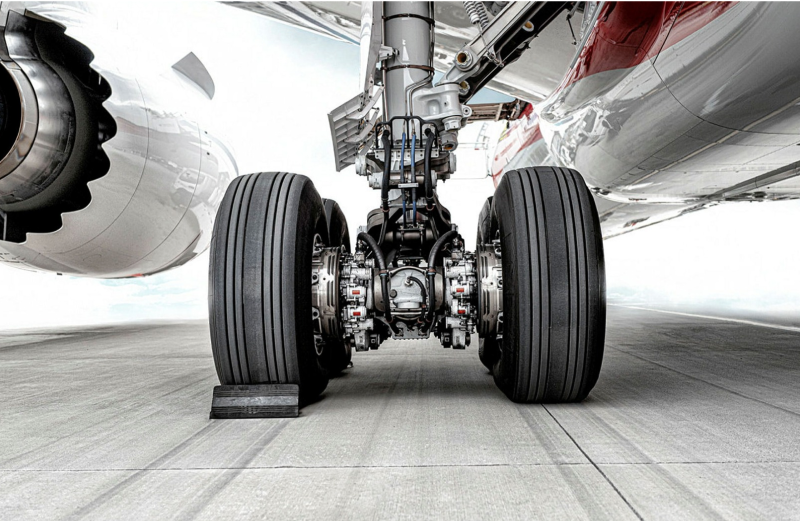
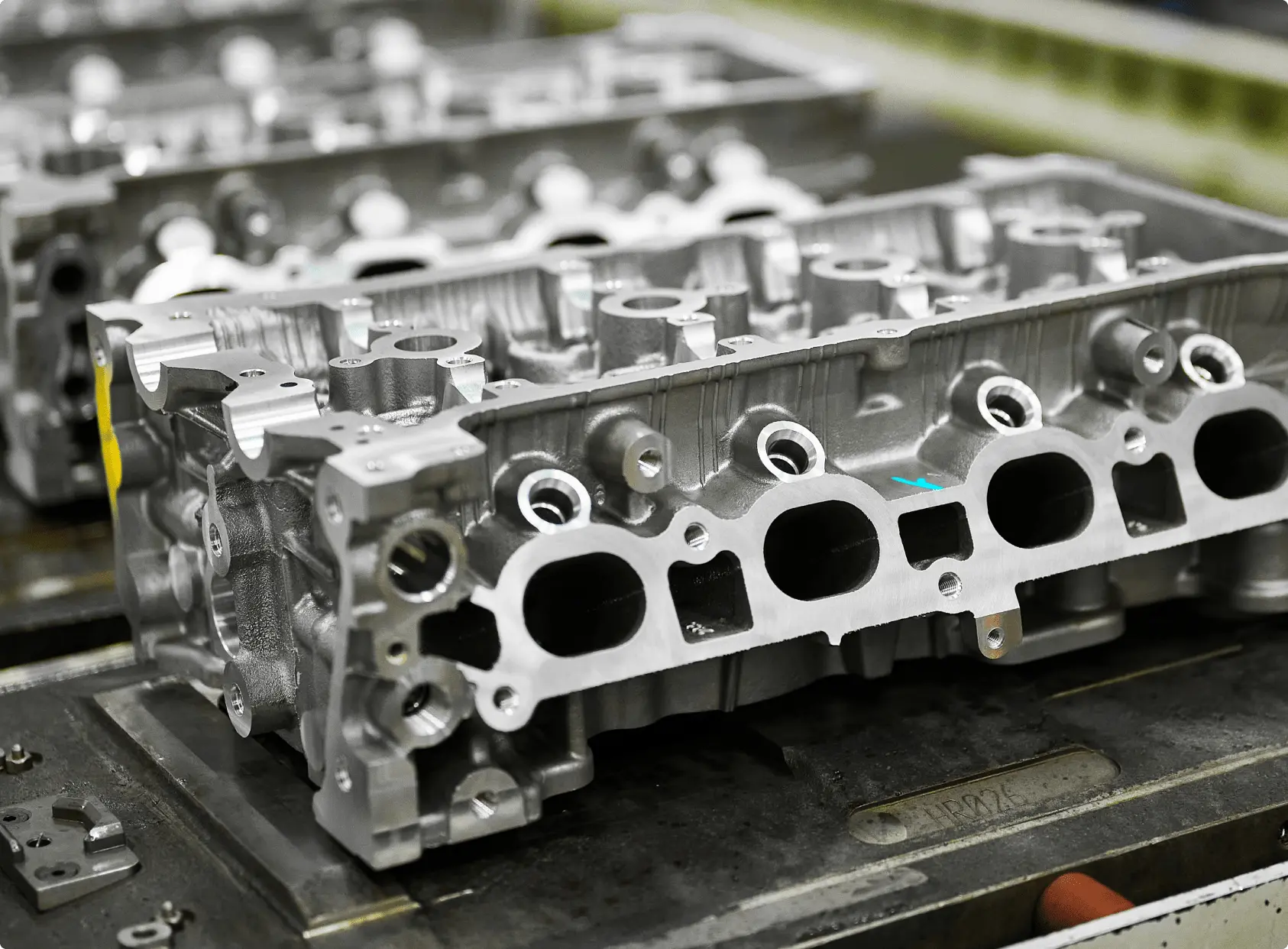
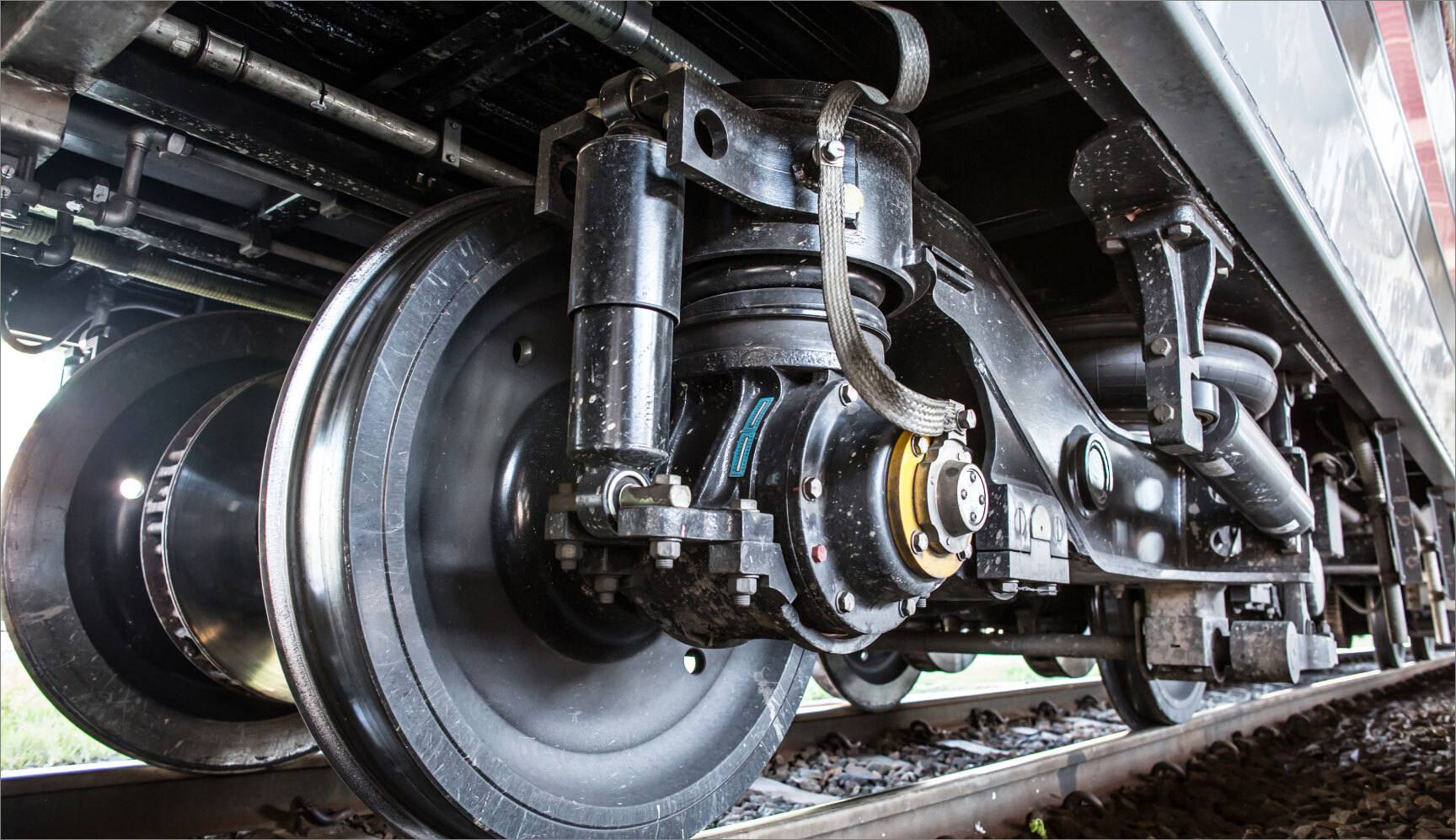

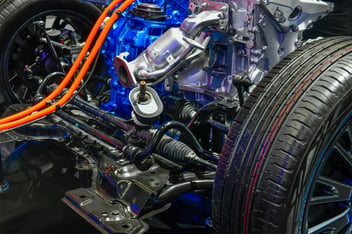

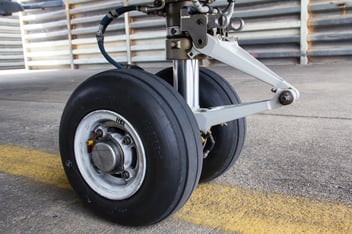

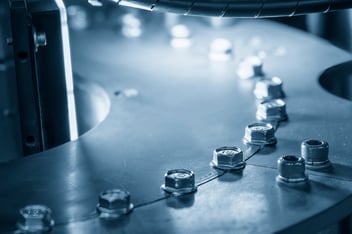
.jpg?width=352&name=Weighing%20medical%20components%202%20(1).jpg)